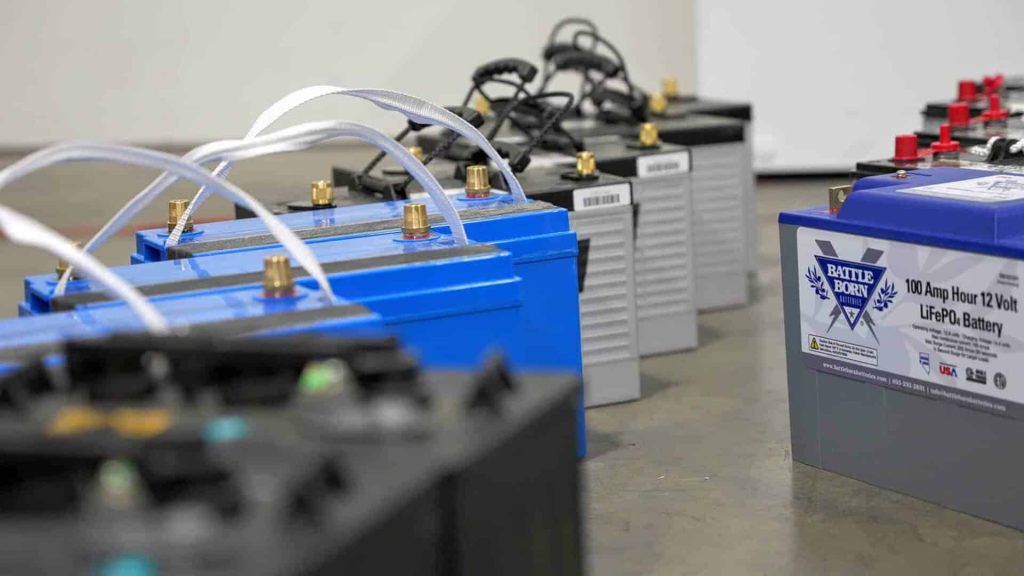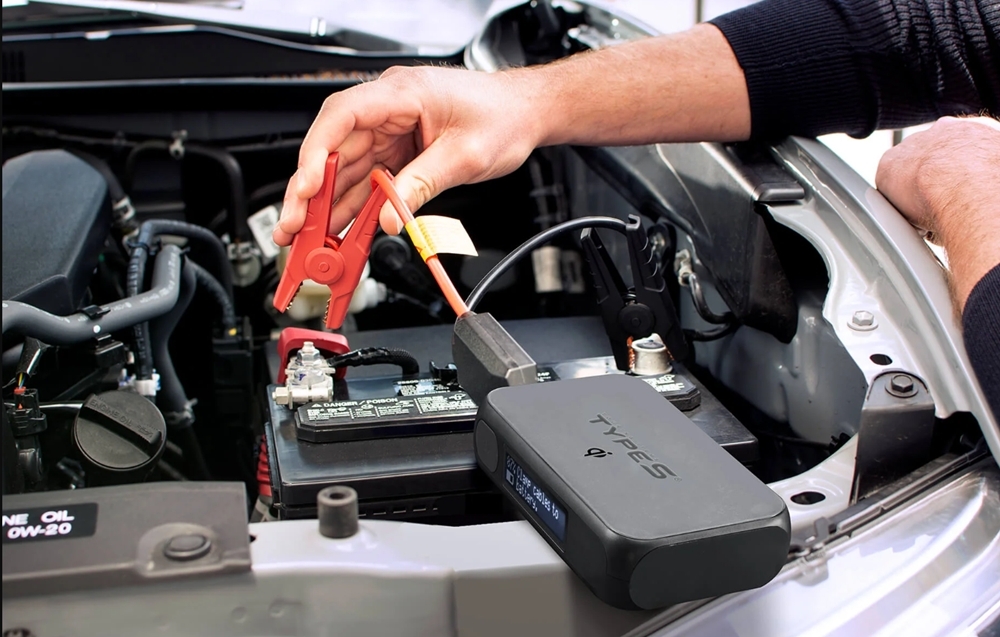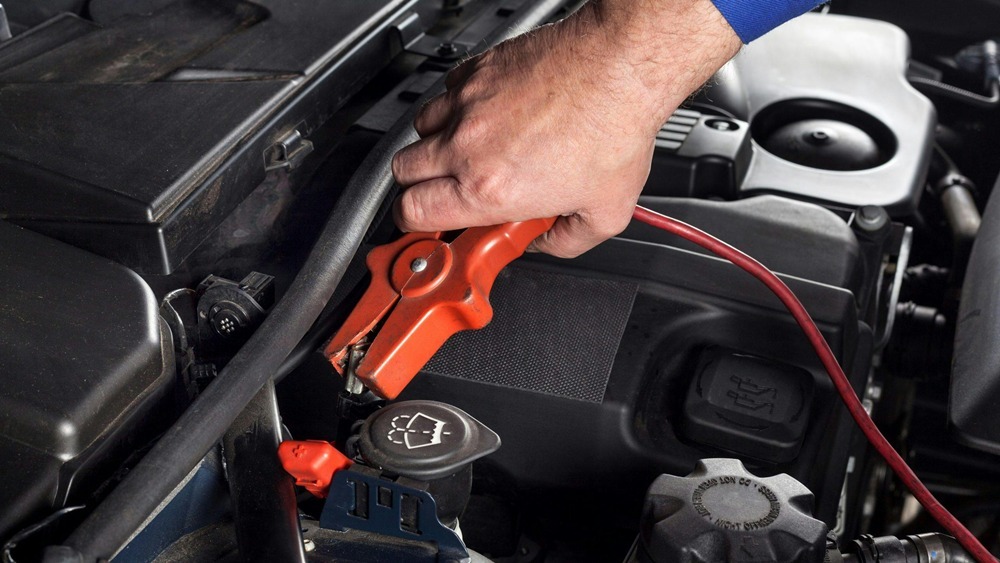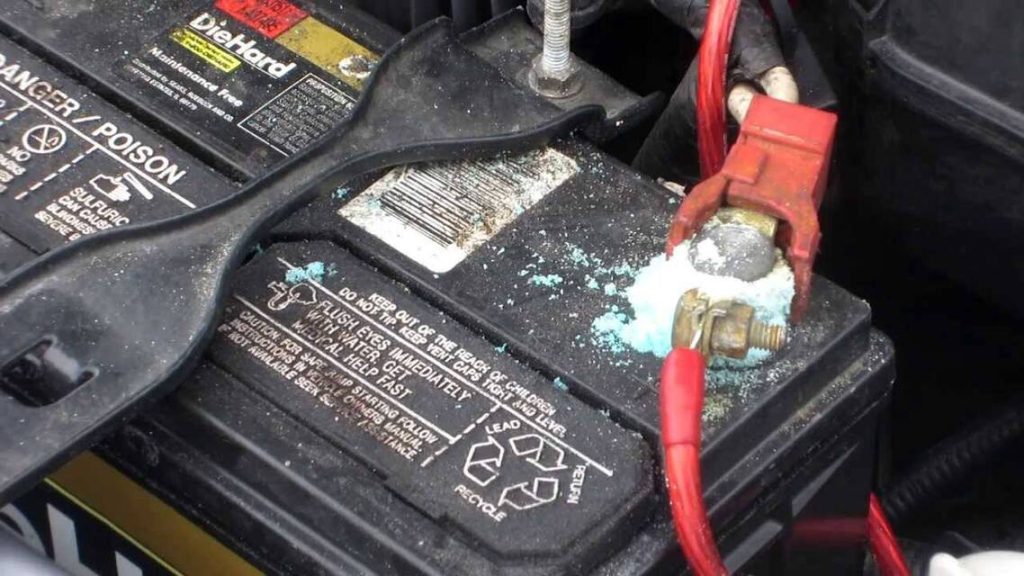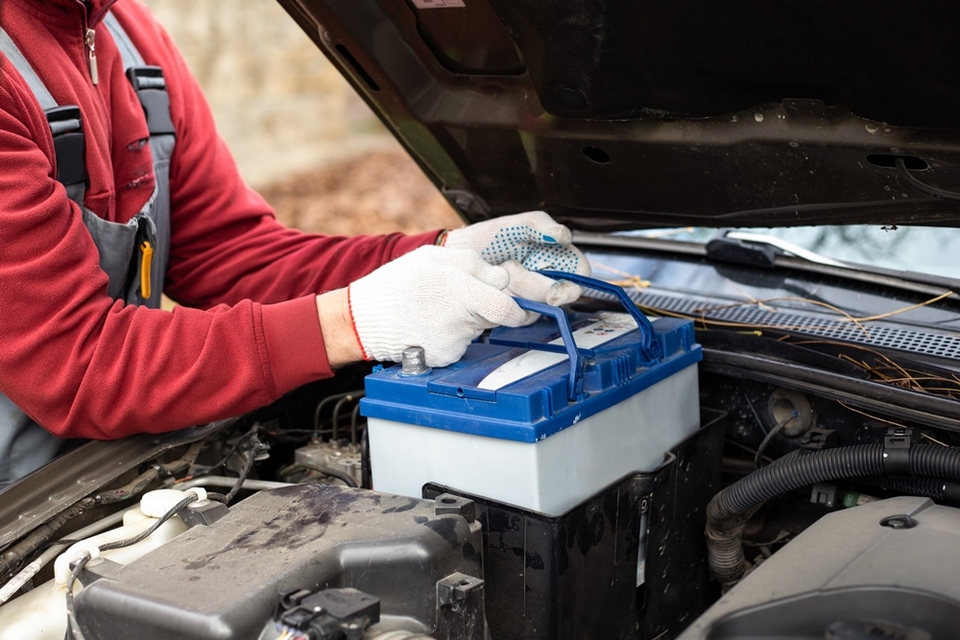Ever been stuck in a parking lot with a dead battery? Yeah, we’ve all been there! I remember the first time my car wouldn’t start – I was clueless about what type of battery I needed. That’s exactly why I’m writing this guide. Understanding car battery types isn’t just about avoiding those awkward moments when you’re begging strangers for a jump start. It’s about making smart decisions for your wallet and your ride.
Let’s dive into the world of automotive power sources and figure out which battery is right for your situation. Trust me, by the end of this, you’ll know more about car battery types than most people at the auto parts store!
Never Get Stranded Again! Download Your FREE Car Battery Quick Reference Guide
Tired of being confused at the auto parts store? This beautifully designed, interactive guide breaks down all 4 major car battery types in plain English. Get instant access to:
✅ Visual comparison charts – See specs, costs, and lifespans at a glance
✅ Smart decision tree – Find your perfect battery in 30 seconds
✅ Interactive cost calculator – Calculate true cost-per-year for any battery
✅ Maintenance checklists – Keep your battery running longer
✅ Troubleshooting guide – Fix common problems yourself
Perfect for: Keeping in your glove compartment, sharing with family, or referencing before your next battery purchase.
Table of Contents
What Are Car Battery Types and Why Should You Care?
Before we get into the nitty-gritty of different car battery types, let’s talk about why this matters. Your car’s battery is basically the heart of your vehicle’s electrical system. Without it, your engine won’t start, your lights won’t work, and you’ll be walking everywhere – not fun!
The thing is, not all batteries are created equal. Different car battery types have different lifespans, performance levels, and price points. Some are perfect for your grandma’s Sunday-driving sedan, while others are built for heavy-duty trucks or performance vehicles.
Also read: How Long Does a Car Battery Last? 7 Critical Signs You’re About to Get Stranded
I’ve learned this the hard way over the years. Buying the wrong battery type can leave you stranded, waste your money, or even damage your car’s electrical system. On the flip side, choosing the right one can save you hundreds of dollars and years of hassle.
So what determines the right car battery types for your vehicle? Several factors come into play: your car’s electrical demands, your driving habits, your climate, and yes, your budget. Let’s break down the main categories so you can make an informed decision.
1. Lead-Acid Batteries: The Old Reliable
When most people think about car battery types, they’re probably thinking of lead-acid batteries. These bad boys have been powering vehicles for over a century, and there’s a good reason they’re still around – they work!
Lead-acid batteries are the most common type you’ll find in regular passenger cars. They’re relatively cheap, widely available, and get the job done for most driving situations. Inside these batteries, you’ve got lead plates sitting in sulfuric acid solution. When you turn your key, chemical reactions create the electrical current that starts your engine.

But here’s the thing – not all lead-acid car battery types are the same. You’ve got flooded lead-acid batteries (the traditional kind where you might need to add water), sealed lead-acid batteries (maintenance-free), and enhanced flooded batteries (EFB) that handle start-stop systems better.
The biggest downside? These batteries don’t love being deeply discharged. If you accidentally leave your headlights on overnight, you might be looking at a significantly shorter battery life. They also don’t perform great in extreme temperatures, which brings us to our next category.
I’ve used lead-acid batteries in most of my vehicles over the years, and they’ve been solid performers. Just don’t expect miracles – they’re workhorses, not racehorses.
2. AGM Batteries: The Premium Choice
Absorbed Glass Mat (AGM) batteries represent a significant step up from traditional lead-acid car battery types. These babies use a special glass mat to absorb the electrolyte, making them spill-proof and more durable.
AGM batteries are becoming increasingly popular, especially in newer vehicles with advanced electrical systems. Why? They handle deep discharge cycles much better than traditional batteries, charge faster, and work great in extreme temperatures. If you live somewhere with brutal winters or scorching summers, AGM might be your best friend.
Also read: What Is An Absorbed Glass Mat Battery: 7 Amazing Benefits You Need to Know
Here’s what makes AGM batteries stand out among car battery types: they’re virtually maintenance-free, have a longer lifespan (often 3-5 years compared to 2-3 years for traditional batteries), and can handle the electrical demands of modern cars loaded with gadgets.
The downside? They cost more upfront – sometimes two to three times the price of a basic lead-acid battery. But if you’re driving a newer car with start-stop technology, heated seats, navigation systems, and other power-hungry features, the investment often pays off.
I switched to an AGM battery in my truck a few years back, and honestly, the difference in cold-weather starting was night and day. No more crossed fingers on frigid mornings!
3. Lithium-Ion Batteries: The Future is Here
Now we’re talking about the Ferrari of car battery types! Lithium-ion batteries are still relatively new in the automotive world, but they’re making waves. You’ve probably heard about them in the context of electric vehicles, but they’re also starting to appear in some high-performance gas cars.
These batteries are incredibly lightweight compared to their lead-acid cousins – we’re talking about 60-70% lighter in some cases. They also charge faster, last longer, and can handle more charge cycles. For performance enthusiasts or anyone looking to shed weight from their vehicle, lithium-ion car battery types are pretty tempting.

But (and this is a big but), they’re expensive. Like, really expensive. A lithium-ion battery can cost 5-10 times more than a traditional lead-acid battery. They also require special charging systems and don’t work well in extremely cold temperatures without heating systems.
I’ll be honest – I haven’t made the jump to lithium-ion yet. The cost is still pretty steep for most of us regular folks, but the technology is improving rapidly. In a few years, these might become much more affordable options among car battery types.
4. Gel Batteries: The Specialized Option
Gel batteries are an interesting branch of car battery types that don’t get much attention, but they have their place. These batteries use a gel electrolyte instead of liquid, making them completely sealed and spill-proof.
The main advantage of gel batteries is their ability to handle deep discharge cycles extremely well. They’re also very resistant to vibration and work well in extreme temperatures. You’ll often find these in marine applications, RVs, and some specialty vehicles.
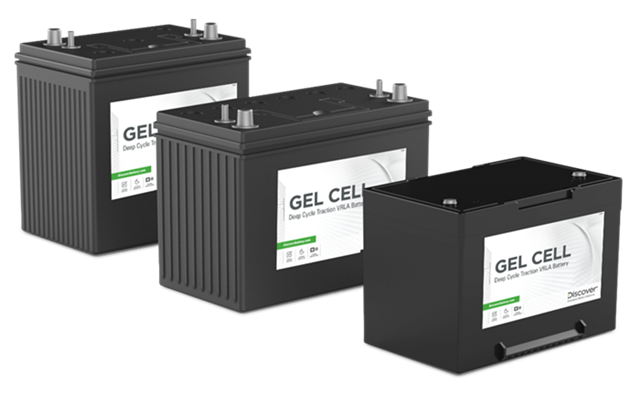
However, gel batteries charge more slowly than other car battery types and can be damaged by overcharging. They’re also more expensive than traditional lead-acid batteries and require specific charging equipment.
I’ve used gel batteries in a couple of boats over the years, and they’ve been rock solid. For most car applications, though, you’re probably better off with AGM or traditional lead-acid unless you have very specific needs.
Understanding Battery Specifications and What They Mean
Alright, let’s talk numbers! When you’re shopping for different car battery types, you’ll see a bunch of specifications that might as well be written in ancient Greek. Let me break down the important ones.
Cold Cranking Amps (CCA) is probably the most important spec for most people. This measures how many amps your battery can deliver at 0°F for 30 seconds while maintaining at least 7.2 volts. Higher CCA means better cold-weather starting power.
Reserve Capacity (RC) tells you how long your battery can run essential systems if your alternator fails. It’s measured in minutes, and higher is better.
Amp-hours (Ah) indicate the total energy storage capacity. Think of it as the size of your battery’s fuel tank.
Don’t get overwhelmed by all these numbers when comparing car battery types. Focus on CCA if you live in a cold climate, and make sure the battery meets your vehicle manufacturer’s specifications.

Choosing the Right Battery Type for Your Vehicle
So how do you pick among all these car battery types? Start with your owner’s manual – it’ll tell you the minimum specifications your car needs. But don’t just go with the cheapest option that meets the minimums.
Consider your driving habits. Do you mostly drive short distances? A battery that handles frequent starts might be worth the extra cost. Live in a harsh climate? Invest in a battery designed for temperature extremes.
Think about your car’s electrical demands too. Modern vehicles with lots of electronics, start-stop systems, and advanced features need more robust car battery types. An old pickup truck with basic electrical systems can probably get by with a simple lead-acid battery.
Your budget matters, but don’t be penny-wise and pound-foolish. A slightly more expensive battery that lasts twice as long is usually a better deal than replacing cheap batteries every year or two.
I always tell people to buy the best battery they can reasonably afford. It’s one of those things where spending a bit more upfront can save you money and headaches down the road.

Battery Maintenance Tips for All Types
No matter which of the car battery types you choose, proper maintenance can significantly extend its life. Here are some tips I’ve learned over the years:
- Keep your battery terminals clean and tight. Corrosion is the enemy of good electrical connections. A little baking soda and water can work wonders for cleaning terminals.
- Check your battery regularly, especially before extreme weather seasons. Look for signs of damage, leaks, or excessive corrosion.
- Don’t let your battery sit unused for long periods. If you’re storing a vehicle, consider a battery tender to keep it properly charged.
- Avoid deep discharges when possible. Even among the more resilient car battery types, deep discharges shorten battery life.
- Park in a garage when possible. Extreme temperatures are hard on all battery types, but especially traditional lead-acid batteries.
These simple maintenance steps can help any of the car battery types last longer and perform better throughout their lifespan.

Common Myths About Car Battery Types
Let me bust some myths I hear all the time about car battery types.
- Myth: “Bigger is always better.”
Truth: Wrong! Oversizing your battery can actually cause problems with your charging system and won’t necessarily improve performance. - Myth: “All car battery types are basically the same.”
Truth: Nope! As we’ve discussed, different battery chemistries have very different characteristics, lifespans, and performance profiles. - Myth: “You should replace your battery every year.”
Truth: This is just wasteful and expensive. Most car battery types last 3-5 years with proper care, and some can go even longer. - Myth: “Jump-starting damages your battery.”
Truth: While frequent jump-starts aren’t great for any battery, occasionally jump-starting won’t ruin most modern car battery types. - Myth: “Cold weather kills batteries.”
Truth: Cold weather does reduce battery performance, but it’s actually the repeated cycling between hot and cold that causes the most damage to car battery types.
Don’t fall for these myths – they can lead to poor decisions and wasted money!
Battery Comparison at a Glance
Let me show you a visual comparison of the different car battery types we’ve discussed:
Battery Type Comparison Chart

*Requires heating system in extreme cold
Cost vs. Lifespan Analysis

These charts help illustrate why choosing among car battery types isn’t just about upfront cost – you need to consider long-term value too.
Environmental Impact and Recycling
Here’s something that doesn’t get talked about enough when discussing car battery types: environmental impact. The good news is that batteries are one of the most recycled consumer products in the world.
Lead-acid batteries are nearly 100% recyclable, and the recycling infrastructure is well-established. AGM and gel batteries follow similar recycling processes. Lithium-ion batteries are more complex to recycle, but the processes are improving rapidly.
When you buy a new battery, most retailers will take your old one for recycling. Don’t just throw old batteries in the trash – they contain materials that can be harmful to the environment but valuable when recycled properly.
I always make sure to recycle my old batteries properly. It’s a small thing, but it makes a difference when millions of us do it. Plus, many retailers give you a core credit for bringing in your old battery, which helps offset the cost of the new one.

Installation and Safety Considerations
Installing different car battery types requires some basic safety knowledge. Always disconnect the negative terminal first when removing a battery, and connect it last when installing a new one. This prevents sparks and potential damage to your car’s electrical system.
Wear safety glasses and gloves when handling batteries. Even sealed car battery types can be dangerous if damaged. Make sure you’re installing the battery in the correct orientation and that all connections are tight.
Different car battery types may have different terminal configurations or mounting requirements. Always check that your new battery is compatible with your vehicle’s battery tray and hold-down system.
If you’re not comfortable doing the installation yourself, most auto parts stores will install it for you, often for free. There’s no shame in getting help – a incorrectly installed battery can cause expensive damage.

FAQ: Car Battery Types
-
How do I know which of the car battery types is right for my vehicle?
Start with your owner’s manual for minimum specs, then consider your driving habits, climate, and budget. AGM is usually a safe upgrade for most vehicles.
-
Can I upgrade to a different battery type than what came with my car?
Usually yes, but make sure the physical dimensions fit and the specifications meet or exceed your vehicle’s requirements. Some cars with advanced electrical systems may require specific battery types.
-
How long do different car battery types typically last?
Lead-acid: 2-3 years, AGM: 3-5 years, Lithium-ion: 5-8 years, Gel: 4-6 years. Actual lifespan depends on usage, climate, and maintenance.
-
Are expensive car battery types worth the extra cost?
Often yes, especially if you drive frequently, live in extreme climates, or have a vehicle with high electrical demands. Calculate the cost per year rather than just upfront cost.
-
Can I mix different car battery types in the same vehicle?
No, don’t mix battery types. Use the same type throughout your electrical system to ensure proper charging and performance.
-
Do car battery types affect my vehicle’s warranty?
As long as you use a battery that meets your manufacturer’s specifications, it shouldn’t affect your warranty. Check with your dealer if you’re unsure.
-
Which car battery types work best in cold weather?
AGM and gel batteries generally perform better in cold weather than traditional lead-acid. Lithium-ion can work well but may need heating systems in extreme cold.

Final Thoughts
Choosing among different car battery types doesn’t have to be overwhelming. Start with understanding your vehicle’s needs, consider your driving habits and climate, then pick the best option within your budget.
Remember, the cheapest option isn’t always the most economical in the long run. A quality battery from any of the reputable car battery types can save you money, time, and frustration over its lifetime.
Need a mobile mechanic? Find one on the Mobile Mechanic Directory
Whether you go with reliable lead-acid, versatile AGM, cutting-edge lithium-ion, or specialized gel, the key is buying from a reputable manufacturer and maintaining it properly.
I hope this guide helps you make an informed decision about car battery types. Your future self will thank you when you’re not stranded in a parking lot with a dead battery! Take care of your battery, and it’ll take care of you.
Don’t forget to recycle your old battery when it’s time for a replacement. Every little bit helps keep our environment clean while keeping valuable materials in the recycling loop.
Happy driving, and may your battery never leave you stranded!

